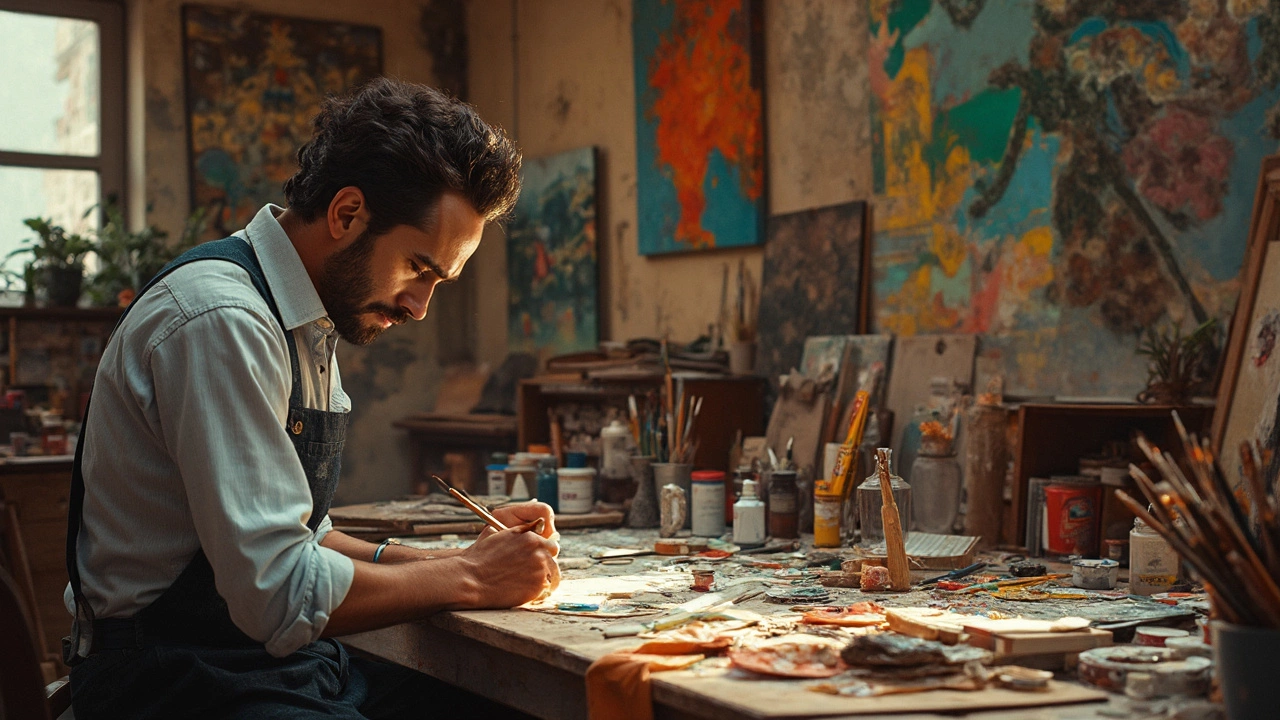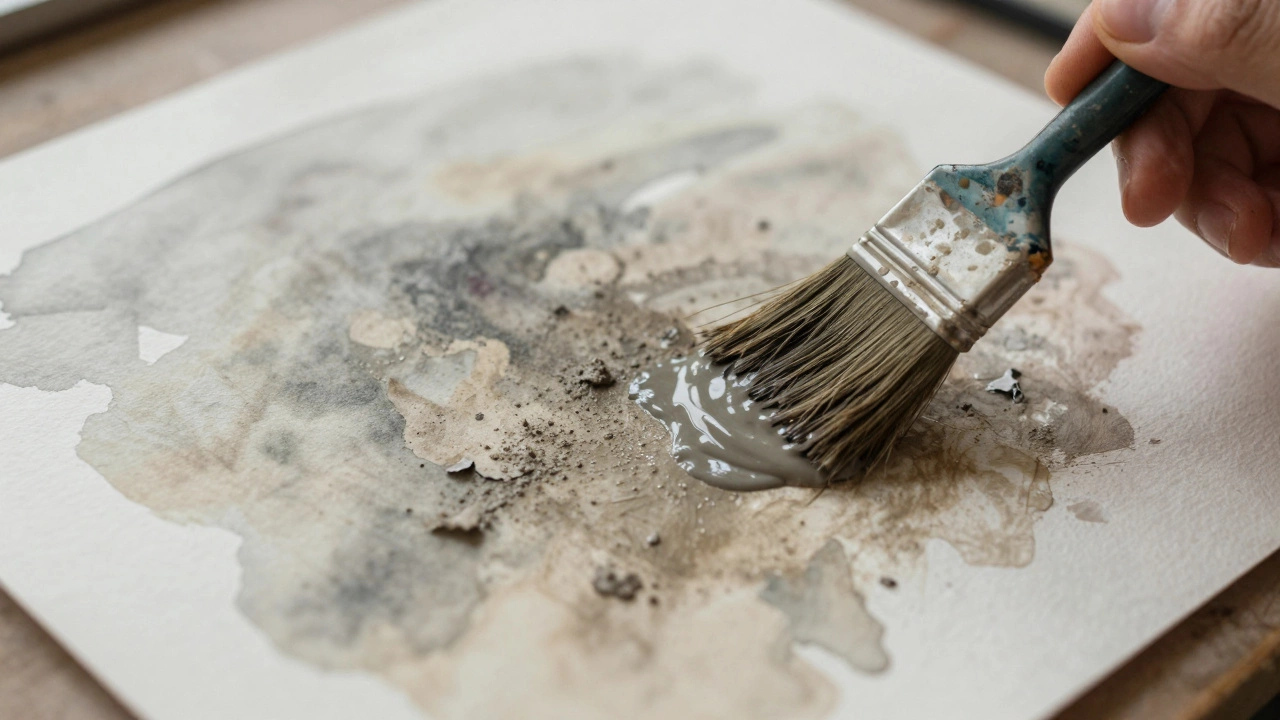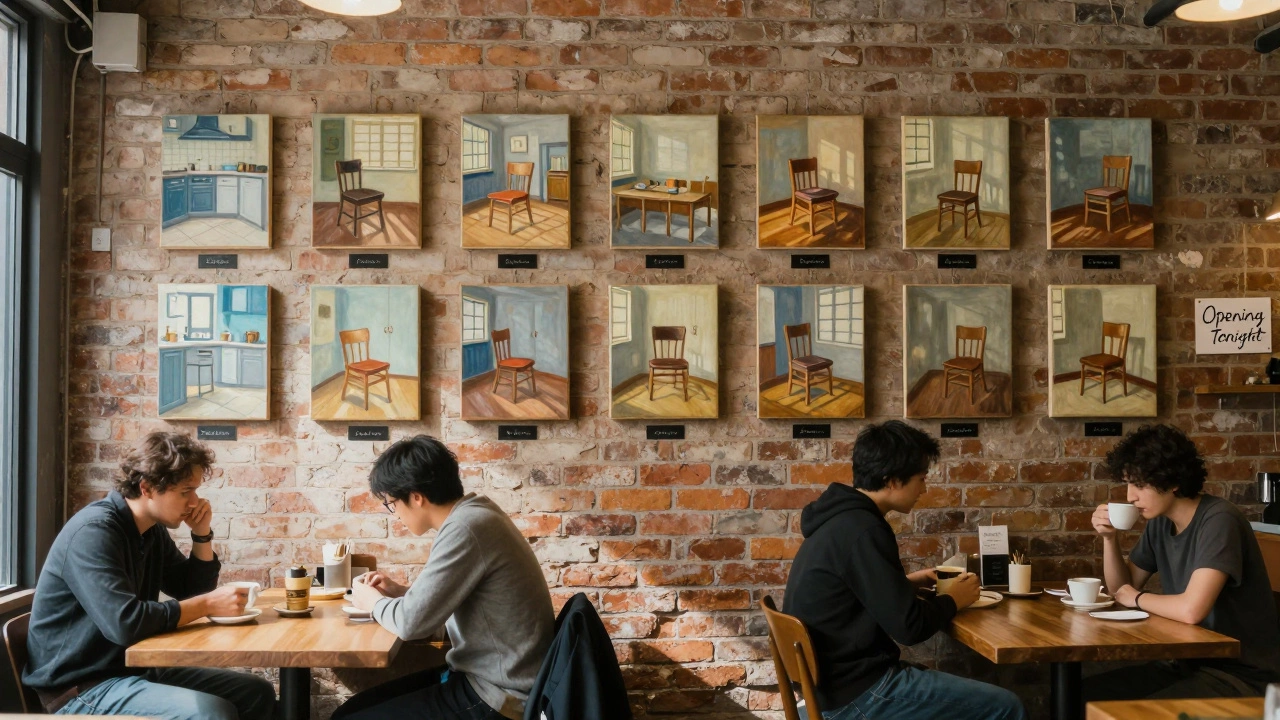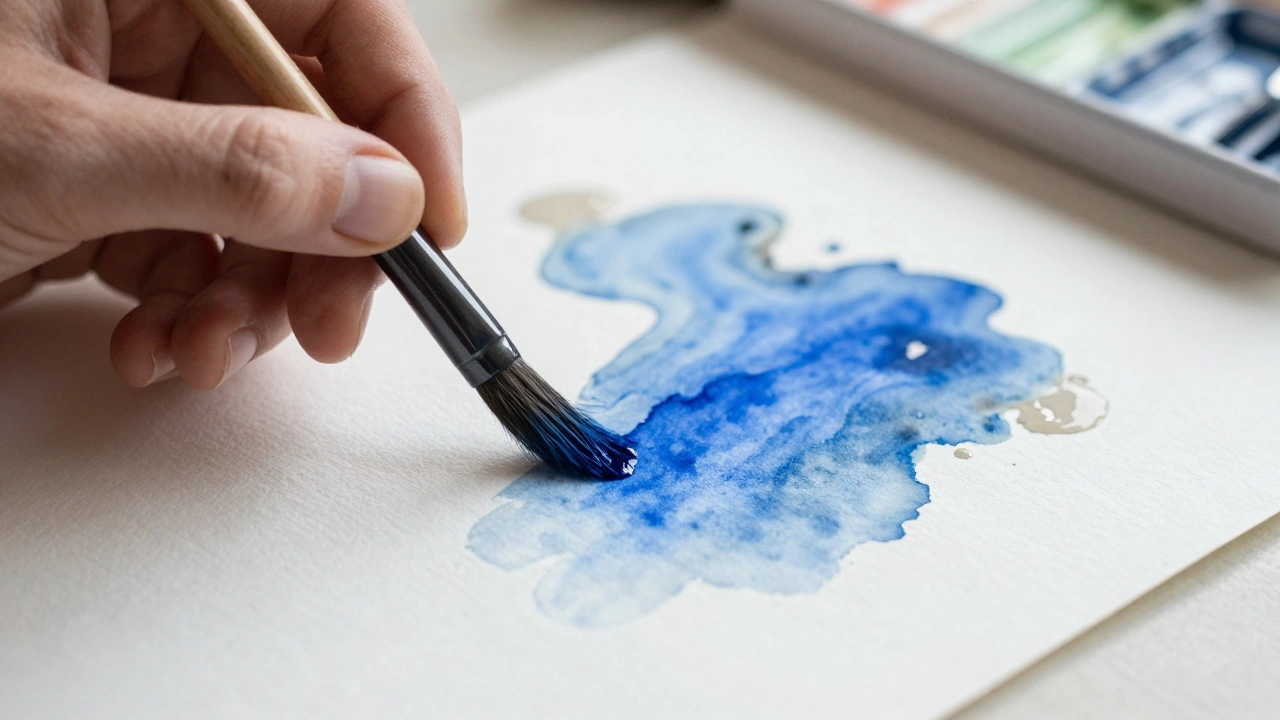Ask any group of art lovers what comes to mind when they hear Picasso’s name and you’ll get a carousel of answers—cubism, blue and rose periods, or those wild, eye-bending portraits. But mention acrylic paint and watch blank stares pop up. People argue, squint at the canvas, and still swear that guy used anything and everything. So, did Picasso ever actually use acrylics? The answer’s wrapped up in a tangle of myth, timing, and pure art-scene drama. Let’s untangle the facts, peek behind the easel, and get you closer to the art world’s gritty details than any lecture ever could.
The Evolution of Picasso’s Painting Materials
Here’s the deal: Pablo Picasso had an almost obsessive curiosity with materials. He pushed, mixed, tore, and glued his way through pretty much every paint, pencil, and paste available at the time. But when people talk about “Picasso’s palette,” they’re mostly thinking about two things—oil paints and, less famously, gouache.
Oil paints were Picasso’s trusty sidekick. They dry slow, let you play with texture, and stick around for centuries. Gouache? It’s thicker than watercolor, dries flat, and gives a matte pop. From early sketches in Spain to that legendary Paris studio where he used bits of newspapers, sand, and even house paint, Picasso broke every rule. He’d toss egg yolk into tempura, scratch chalk over oil, or scribble left-handed for a wild effect just to see what happened. If it made a mark, Picasso wanted it. His periods—the hectic Blue Period, the dreamy Rose, the shattered planes of Cubism—all used different combos of paint, but oil was always there.
But then there’s the myth: somewhere, someone heard “Picasso used anything!” and acrylics wormed into the legend. Here’s where the timeline matters. Acrylic paint didn’t hit the market until the 1950s, right smack in the wild middle-age stretch of Picasso’s career. Early acrylics were more industrial—think murals, not fine art. It wasn’t until around 1955 that artist-grade acrylics really showed up, sold under brands like Liquitex and Magma.
Let’s be specific: Picasso died in 1973. The first artist acrylics were developed in Germany in the late 1930s as “Plextol,” but those were super rare and never made it to France or Spain during Picasso’s most prolific years. Even when acrylics were available, they had a certain sticky look Picasso’s critics and biographers don’t spot in his canvases. Art conservators (yes, entire teams analyze paint under UV light) agree: so far, there’s zero concrete evidence that Picasso used acrylics on any surviving major work. Oil and gouache dominate. In fact, many of his late works still show the oily, slow-shifting cracks only oil paint gets over decades.
How Acrylic Paint Changed the Art World After Picasso
The acrylic paint revolution didn’t just show up and politely fit in—it turned the art supply world upside-down. Before this, oil paint was king. But acrylics dried faster, resisted fading, cleaned up easier, and let artists paint on anything—canvas, wood, plastic, even old street signs. Famous painters like Andy Warhol, Helen Frankenthaler, and David Hockney sprinted to try acrylics. Frankenthaler made those shimmering, soaky abstract landscapes you’ve seen at modern art museums by pouring acrylic onto raw canvas—something impossible with slow-drying oils.
Warhol loved how you could layer flat colors for those bold Pop Art silkscreens. Whereas acrylics made it easy to prime, paint, and rework something all in a day’s span, oil might keep you waiting a week (longer if the room’s cold and damp!). Painters could finally experiment without checking the weather forecast or fighting yellowing varnish. Suddenly, acrylics opened up wild textural play—their plastic base let painters glue, sculpt, or pour paint.
Picasso, even if he never picked up acrylics, was part of the artistic push that made people hunger for new tech. But there’s no getting around the timeline. Acrylics really exploded in popularity with the 1960s and beyond, a little too late for Picasso to have fully made them his signature. This table shows the rough historical overlap:
| Year | Acrylic Development | Picasso's Life & Career |
|---|---|---|
| 1936-1940s | Plextol (Germany) - not available to public | Picasso ages 55-69, works mostly in oil and gouache |
| Late 1940s | Chemists develop water-based acrylic emulsions | Picasso begins late career experiments, still with traditional media |
| 1955 | Liquitex introduces first US artist acrylic | Picasso age 74, focuses on oils, ceramics, lithography |
| 1960s | Acrylics hit mainstream art stores | Picasso in his 80s, declining health |
| 1973 | Acrylic widespread | Picasso passes away |
So if you see a “Picasso” painting in acrylic, grab your wallet. It might be a fake, a student copy, or just a marketing twist by modern artists picking up on that anything-goes Picasso mythology.

Myths, Rumors, and the Art Market
Why do people keep saying Picasso used acrylics? Blame it on the weird rumor mill in the art world and a playful game of telephone. When a legend like Picasso spends decades smashing rules and shocking galleries, it’s easy to believe he’d try this newfangled plastic paint too. Now throw in the rise of art auctions, forgeries, and Instagram art accounts. Suddenly, acrylic shines as a buzzword, tossed out to make a painting sound newer, easier, or even more “Picasso-like.”
The real kicker is how many people don’t realize oil and acrylic can look similar—especially if a painting is cleaned and brightly lit. But a museum-grade inspection (think: experts in white gloves, snipping off paint curls and running expensive chemical tests) almost always tells the real story. They’ll find traces of linseed oil, beeswax, zinc white, or old-school pigments like Prussian blue—each a fingerprint of classic oils, not acrylics.
Then there’s the wild world of art restoration. Many museums touch up old paintings to fix cracks or scratches using acrylic-based varnishes or modern retouching paints. It’s possible to find a “Picasso” with some acrylic polish on top—but not in the brush strokes themselves. If you’re collecting, the safest bet is to chase proven provenance and scientific tests.
Want a tip for spotting acrylic vs oil? If you ever see a real Picasso in person—at the Musée Picasso in Paris, maybe—look for that deep, glowing sheen oils have, almost like a surface you could dive into. Acrylics feel flatter, lighter, and a bit more plastic. Oils form those crusty raised hills on thick paint—acrylic can, too, but rarely does in older, layered works. Some art historians love geeking out over tiny paint samples just to debate: Is this a flake of classic linseed oil, or is it the smooth edge of new-school acrylic?
What Would Picasso Have Thought of Acrylics?
Hard to imagine someone as radically experimental as Picasso ignoring a new tool—especially one that promised the unpredictable. If he’d been born a decade or two later, he might’ve gone wild for the stuff. Strap yourself into a time machine and drop fresh Liquitex into his hand in, say, 1948; odds are, he’d have found a way to shock people with plastic’s shine and speed. Picasso had a weakness for anything untried—ceramics, metal sculptures, even collage, years before it was hip.
Today, artists who channel Picasso’s rule-breaking spirit bounce between acrylics, oils, spray paint, and even iPads, mashing everything together. They get the benefit of mass-produced, lightfast, dirt-cheap acrylics that mix right out of the tube. Back then, Picasso would have needed a chemist friend just to grab enough colored polymer for an experiment. He made do with what he had, but you know he’d have played with a rainbow of options given the chance.
If you’re inspired by Picasso and want to work like him but crave the convenience of modern materials, here’s what most pros recommend:
- Use thick-body acrylics for impasto. Try brands like Golden or Liquitex Heavy Body for a classic oil look.
- To mimic that dreamy oil glow, blend acrylic with a gloss gel medium.
- If you like building intense layers, let each coat of acrylic dry fully before adding the next. Unlike oil, acrylic dries in minutes.
- Mix sand, paper, or bits of cloth into your acrylics, just like Picasso did with oil and glue for collage effects.
Curious how Picasso would have re-imagined Guernica in fluorescent acrylics? No one really knows, but the idea is tempting. Here’s a little tip: if you want to push your creativity like Picasso did, don’t get hung up on the paint label. Experiment. Break things. Let your curiosity run wild. Who knows? Maybe your new favorite technique was waiting for a hundred years of chemistry to catch up to your imagination.





